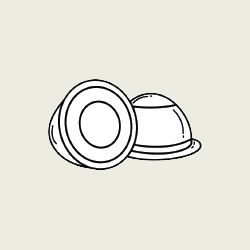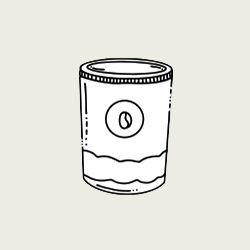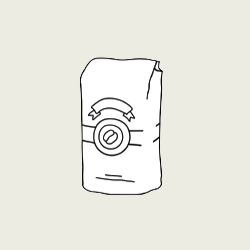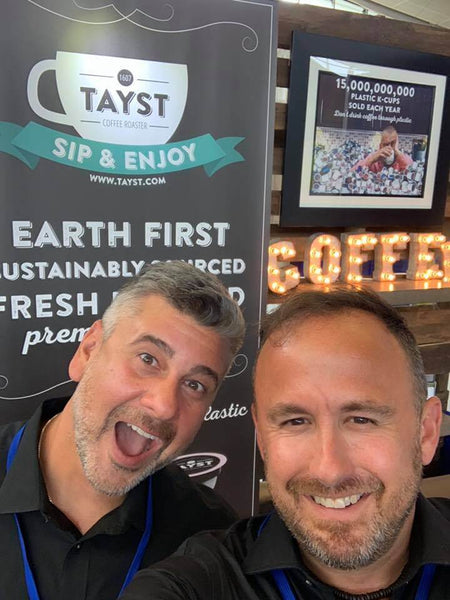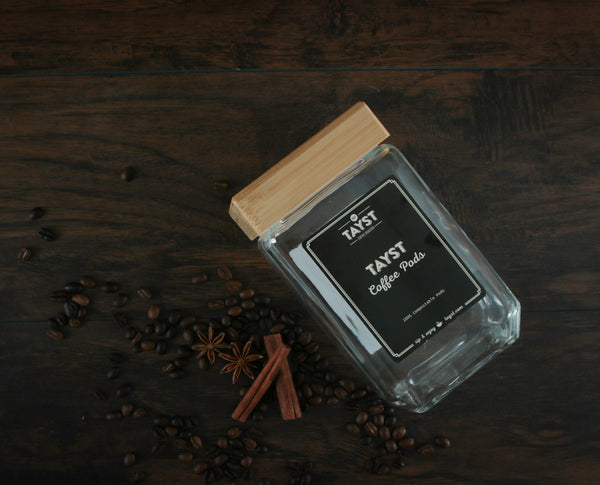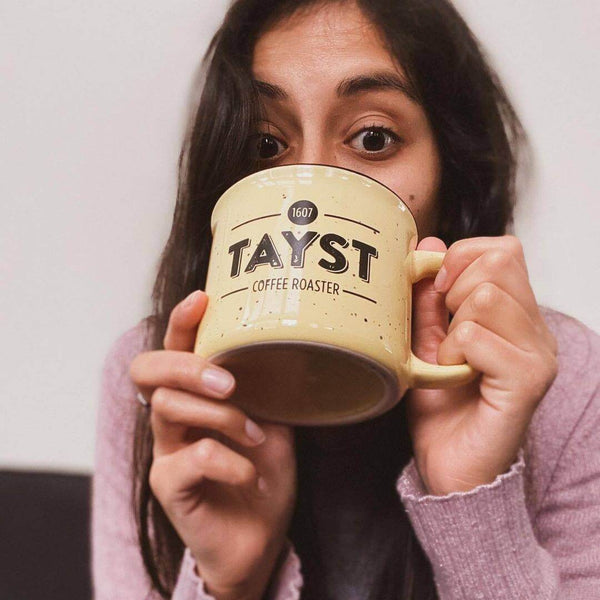
The Origin of Coffee, From the Single Bean Coffee to Blending Coffee
Knowing where your coffee beans are coming from is a big deal for all sustainable coffee lovers and wanna-be coffee lovers. Understanding the geographical origins of your coffee beans tells you so much about them, from their taste, commercial value, and all-around quality. But, you’ll quickly find the words ‘single origin coffee’, ‘single bean coffee’, or ‘coffee blending’. This determines whether your coffee grounds, Keurig pods, or coffee beans are from a single geographic location, or if they are made up of different bean crops.
What is Single Origin Coffee?
Single Country Coffee Beans
It’s coffee from a single source, but the specificity can vary depending on who you are asking this question. Usually, single-origin coffee beans are sourced from a single country or region. Honduran, Columbian, or Brazilian coffees are classic types of single-origin coffee.
Single Farm Coffee Beans
Some countries, such as Brazil, produce a tremendous amount of coffee beans of all different types. A coffee fanatic might be interested in knowing if coffee beans are from a particular farm. Usually, these beans are more expensive and are only available for a limited time of year, but they set the standard for single-source coffee you will certainly not find at the average coffee shop.
What is Blend Coffee?
Coffee blends are made of coffee beans from different crops and originate from more than one place. Sometimes this means they are from bean crops all around the world. Other times they are regional blends but are still from different farms.
The purpose of coffee blends is to create well-rounded coffee, taking the best qualities from different coffee beans to create coffee flavors that work well with whatever way you take or make your coffee. By balancing out a more acidic coffee bean with one that has an earthy taste, they negate the negative aspects while enhancing the flavor, like the Mocha Java coffee blend, maybe the most famous coffee blend in the world, and claimed to be the oldest. The Yemen Mocha’s intensity complements the clean smooth touch of the Java coffee beans.
Nespresso capsules can also be made of blends as well. While espresso is a complex and deliciously rich beverage, blending certain beans together results in fantastic flavors with or without milk.
Why Do We Make Blended Coffee?
Roasting blends of coffee beans helps to prioritize the coffee growers and the land on which the coffee beans are farmed on. Sustainable coffee growing makes sure not to overuse land. Major coffee growers, who don’t care about the Earth and are just focused on making a profit, destroy swathes of land to grow specific beans, farming and eventually making the land infertile.
Tayst teamed up with the Rainforest Alliance to stop deforestation, and promote sustainable coffee growing that actually prioritizes the working farmers and the land they live on. The Rainforest Alliance helps these farmers connect with responsible markets that promote regenerative growing practices, so they are able to get the money they need. At the same time, the land they work on is protected to be used again and again.
Tayst also uses blended coffee, rather than single-sourced coffee, because it’s just delicious! Flavor blends like our all-time favorite bold coffee, Bold and Brazen, feature a rich, deep, and smokey cocoa finish that you can only get from blending different coffee beans together. It also helps to meet a certain price point, without sacrificing that delicious flavor. In other words, you get high-quality coffee at a lower price point, what’s not to love? What do you love about Tayst’s blended coffees? Tell us about it on Facebook, Instagram, Twitter, or write a review.
